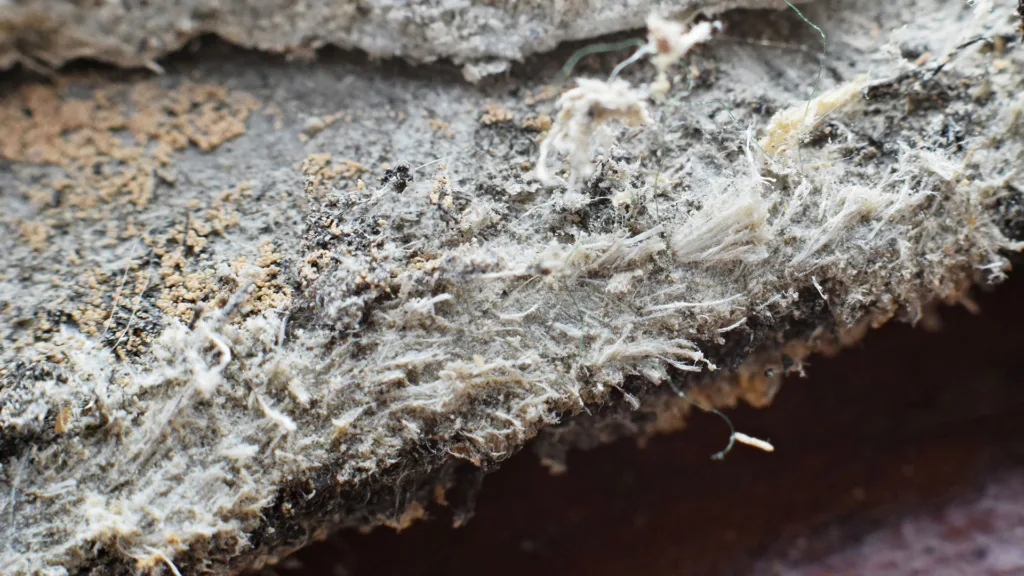Mesothelioma is a rare and aggressive form of cancer that affects the protective lining (mesothelium) of the lungs, chest, heart, abdomen, and testicles. The disease is often classified into four types. Those types include pleural, pericardial, peritoneal, and tunica vaginalis mesothelioma. Of these types, pleural mesothelioma is the most common.
Unfortunately, the prognosis is often poor due to a lengthy latency period. The prognosis fluctuates depending on how advanced the cancer is. Symptoms of the disease usually take 20 to 50 years to develop. By this time, mesothelioma patients are typically over the age of 70. Approximately 3,000 people are diagnosed with mesothelioma each year, and there is no cure.
Mesothelioma is caused by asbestos exposure. Asbestos is a naturally occurring soft, fibrous mineral. The tiny fibers often become lodged in clothing or released into the air when disturbed. Between the 1930s and 1940s, researchers began noticing a link between asbestos exposure and cancer. It wasn’t until the 1970s that asbestos was classified as a hazardous air pollutant when the Environmental Protection Agency established the Clean Air Act.
Manufacturers in the U.S. heavily advertised the seemingly perfect results of working with asbestos. The toxic substance was known for its heat, water and electrical resistance. As a result, it was used as an insulator for steam engines, turbines, boilers, ovens and more. Asbestos became a primary component of home construction until the 1980s. Americans were likely to find asbestos in cement, tiling and roofing materials, wire insulation and several other places.
Those most at risk of asbestos exposure are military veterans and former employees with industrial careers. Second-hand asbestos exposure can also increase a person’s chances of developing the disease. Family members who wash or play with the clothes of at-risk employees can also be exposed to the toxic fibers over time.
Mesothelioma is a complicated disease. As a result, misinformation is readily accessible, and it can be easy to believe common myths about it. Although we know about the devastating effects of asbestos exposure, the United States has not banned the use of asbestos. Employees are not to blame for their mesothelioma diagnoses. Manufacturers do not always warn their employees about the dangers of asbestos.
Although the elderly are diagnosed with the disease most often, they are not the only ones at risk. Men and women in their 40s and 50s have been diagnosed with mesothelioma as well. For these individuals, receiving a mesothelioma diagnosis is often shocking, in part, because of their age. Some mesothelioma patients have always received a clean bill of health before their diagnoses. Due to the slow and undetectable onset of symptoms, it can catch patients and doctors off guard.
Although mesothelioma can affect the lungs, mesothelioma and lung cancer are not inherently the same. Unlike mesothelioma, lung cancer often develops as a mass inside the lungs before spreading to the lymph nodes and other parts of the body. Additionally, the causes of lung cancer can include genetics, smoking, asbestos and more. According to the American Lung Association, smoking accounts for approximately 80 to 90% of lung cancer cases. Asbestos is the only known cause of mesothelioma.
Understanding when it’s time to seek legal counsel is crucial if you or a loved one has been diagnosed with mesothelioma. When families are faced with a mesothelioma diagnosis, time is of the essence. Our attorneys at Vogelzang Law have over 20 years of experience advocating for mesothelioma victims and their families. We have the team and resources necessary to determine if you were exposed to asbestos and seek the compensation you deserve.
To learn more information about mesothelioma or to file your free case evaluation, contact us. Get the answers you need and the support you deserve.



